5 Easy, Cheap Homemade Cat Food Recipes Your Cat Will Love
As a pet owner, you want the best for your feline friend. Nutrition is key to their health and happiness. It can be tough to choose the right food with so many options, which is why homemade cat food offers a clear and healthy alternative.
But, making healthy meals at home is a smart choice. It’s cost-effective and lets you pick ingredients that fit your pet’s needs.
With simple and affordable ingredients, you can make tasty, nutritious meals. Your pet will love them. Let’s look at five easy recipes to start your pet’s healthy eating journey.
Table of Contents
The Benefits of Homemade Cat Food for Your Feline Friend
Feeding your cat homemade food lets you control their diet. This ensures they get the best care. You can make their meals to fit their health needs or dietary restrictions.
Control Over Ingredients and Quality
One big benefit of homemade cat food is choosing the ingredients. This means your cat avoids bad stuff in commercial foods. You pick fresh, nutritious ingredients for a great start in life.
Cost Savings Over Commercial Options
Many think homemade cat food costs more. But buying in bulk and planning meals saves money. It also avoids the high prices of branded foods.
Addressing Specific Health Concerns
Homemade cat food is great for cats with health issues. By picking the right ingredients, you can fix these problems. This can make your cat healthier and cut down on vet visits when switching to homemade cat food
Essential Nutritional Guidelines Before You Start Cooking
To make sure your cat stays healthy on homemade food, you must understand their nutritional needs. Cats are carnivores that require a diet rich in animal-based proteins.
Required Proteins, Fats, and Vitamins
Cats need high-quality protein sources like chicken, salmon, or beef. They also need fats for energy and to keep their skin healthy. Plus, they need vitamins and minerals like vitamin A, vitamin D, and calcium.
Dangerous Ingredients to Avoid
Some foods are bad for cats, like onions, garlic, grapes, and raisins. Chocolate is also dangerous because of its theobromine. Make sure your recipes don’t include these harmful ingredients.
When to Consult Your Veterinarian
If your cat has health issues or you’re not sure about their diet, talk to your vet. They are able to provide guidance specifically suited to your cat’s individual requirements.
Simple Chicken and Rice Recipe
Looking for a simple and healthy meal for your cat? Try a chicken and rice dish. It’s easy to make and gives your cat a nutritious meal.
Ingredients and Cost Breakdown
You’ll need 1 pound of chicken breast or thighs, 1 cup of cooked rice, and 1/4 cup of chopped veggies. The cost varies by location but is about $3 to $5 for a week.
Step-by-Step Preparation
Cook the chicken until it’s fully cooked, then chop it into small pieces. Cook the rice as the package says. Mix the chicken, rice, and veggies together in a bowl. Let it cool down before serving.
Nutritional Benefits
This recipe gives your cat protein, carbs, and fiber. The chicken is a great protein source. The rice is easy to digest. The veggies add vitamins and minerals.
Storage and Serving Tips
Keep the chicken and rice mix in an airtight container in the fridge for 3 to 4 days. You can freeze it too. Serve it at room temperature. Always check the food for freshness before serving.
Budget-Friendly Tuna and Egg Delight
If you’re looking for a budget-friendly and nutritious cat food recipe, the Tuna and Egg Delight is a great choice. It’s easy on the wallet and full of protein and nutrients your cat needs.
Ingredients and Cost Breakdown
The Tuna and Egg Delight recipe uses simple ingredients found in most supermarkets. You’ll need:
- 1 can of tuna in water (drained) – $1.50
- 2 eggs – $0.50
- 1 tablespoon of olive oil – $0.25
- 1 teaspoon of flaxseed oil (optional) – $0.25
The total cost for this recipe is about $2.50. This option offers an affordable choice for those who care for cats.
Step-by-Step Preparation
Preparing the Tuna and Egg Delight is easy. Here’s how to do it:
- Boil the eggs until they’re hard-boiled, then chop them into small pieces.
- Mix the chopped eggs with the canned tuna, ensuring they’re well combined.
- Add the olive oil and flaxseed oil (if using) to the mixture and stir well.
- Serve the mixture fresh or store it in an airtight container in the refrigerator.
Nutritional Benefits
The Tuna and Egg Delight is rich in protein from tuna and eggs, supporting muscle health. The omega-3 fatty acids in tuna help with a healthy coat and skin. Eggs also provide vitamins and minerals like vitamin D and B vitamins.
Storage and Serving Tips
To keep the Tuna and Egg Delight fresh, store it in an airtight container in the fridge for up to three days. You can serve it as is or mix it with your cat’s regular food. Always check the food for any signs of spoilage before serving it to your cat.
Nutritious Turkey and Vegetable Mix
This Turkey and Vegetable Mix is both tasty and nutritious. It’s simple to make and full of important nutrients for your cat. It’s a fantastic way to mix up your cat’s meals and make sure they get all the proteins, vitamins, and minerals they need.
Ingredients and Cost Breakdown
The mix includes ground turkey, carrots and green beans, and brown rice. The cost can change based on where you live and what’s available. But, on average, it’s pretty cheap, costing about $1.50 per serving.
Step-by-Step Preparation
First, cook the ground turkey until it’s browned. Next, toss in the diced vegetables and sauté them until they become tender. Finally, mix in the cooked brown rice and let it cool before serving it to your cat.
Nutritional Benefits
This recipe is full of protein from the turkey, fiber from the veggies, and complex carbs from the rice. These ingredients together make a balanced meal that supports your cat’s health and happiness.
Storage and Serving Tips
To keep the mix fresh, store it in an airtight container in the fridge for up to three days. Or, freeze it for later. When you’re ready to serve, you can mix it with your cat’s regular food or serve it on its own, depending on what they like and need.
Homemade Cat Food: Beef and Liver Protein Powerhouse
For cat owners looking for a high-protein diet, beef and liver homemade cat food is a great choice. It’s not just high in protein. It also has important vitamins and minerals that boost your cat’s health.
Ingredients and Cost Breakdown
This recipe needs 1 pound of ground beef, 1/2 cup of chopped liver, 1 egg, and 1 teaspoon of fish oil. The total cost is about $5, making it a budget-friendly option.
Cost Breakdown: Ground beef ($2), Liver ($1), Egg ($0.50), Fish oil ($0.25), Total: $3.75
Step-by-Step Preparation
Begin by grinding the beef and liver together. You have the option to utilize either a meat grinder or a food processor. Then, add the egg and fish oil and mix well. You can shape the mix into patties or serve it raw.
Tip: Always handle raw meat safely to prevent contamination.
Nutritional Benefits
This beef and liver recipe is a high protein cat food option. It gives your cat the protein needed for muscle growth and upkeep. The liver also adds iron and vitamins.
Storage and Serving Tips
Keep the prepared mix in an airtight container in the fridge for up to 3 days. Or freeze it for up to 3 months. Serve it at room temperature or slightly warmed.
Salmon and Sweet Potato Dinner
Looking for a new recipe for your cat? Try a salmon and sweet potato dinner. It’s tasty and full of nutrients that are good for your cat’s health.
Ingredients and Cost Breakdown
This recipe needs 1 can of salmon, 1 medium sweet potato, and 1 tablespoon of olive oil. The cost can change based on the brand and where you buy it. But, it usually costs about $5-$7 for a week’s worth.
Step-by-Step Preparation
First, bake the sweet potato until it’s soft. Then, mix it with canned salmon and olive oil. Make sure everything is well mixed and served in the right amounts.
Nutritional Benefits
This meal is full of protein from the salmon and complex carbohydrates from the sweet potato. It’s a healthy meal for your cat. The olive oil adds healthy fats that help with skin and coat health.
Storage and Serving Tips
Keep the meal fresh by storing it in an airtight container in the fridge for up to 3 days. Serve it at room temperature or slightly warmed to make it more appealing.
Conclusion: Transitioning Your Cat to Homemade Food
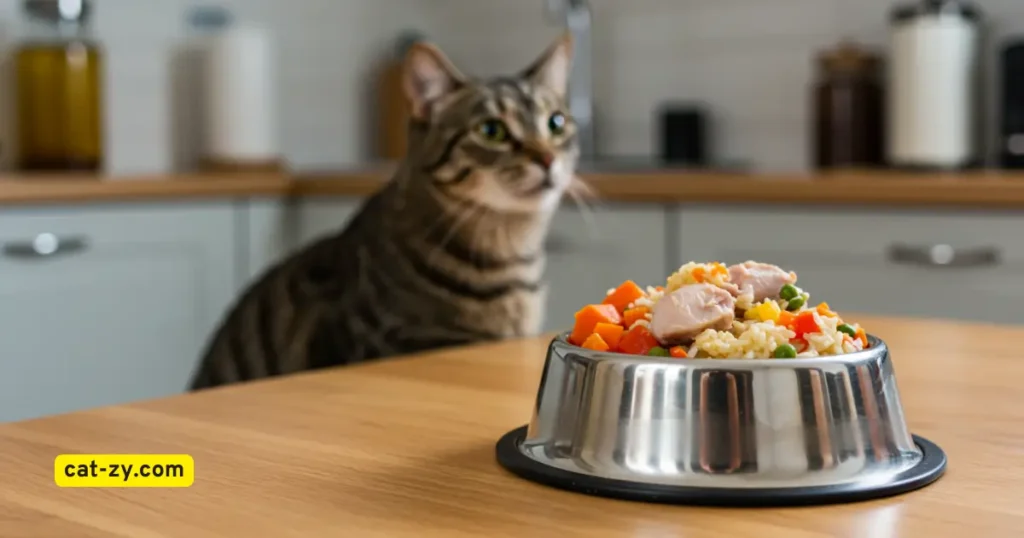
Now that you’ve looked at different homemade cat food recipes, it’s time to switch your cat to this healthier option. This change can greatly improve your cat’s health and happiness. It gives them the best homemade food they deserve.
To smoothly transition, start by adding small amounts of homemade food to their meals. Mix it with their current food and gradually increase the homemade food. Watch your cat’s health closely and adjust the recipes if needed. This ensures they get all the nutrients they need.
Switching to homemade cat food lets you customize their diet to their needs and likes. This could lead to better health for your cat. With the recipes you’ve seen, you’re ready to give your cat a great start in life.
FAQ
What are the benefits of homemade cat food over commercial cat food?
Homemade cat food lets you pick the ingredients. This can save money and help with health issues like allergies.
What steps can I take to make sure my homemade cat food provides all the necessary nutrients?
Mix different ingredients for proteins, fats, and vitamins. Talk to a vet to find the right mix for your cat, especially if they’re sick.
Which ingredients are best to steer clear of when preparing homemade cat food?
Avoid onions, garlic, chocolate, grapes, raisins, and some fish with mercury. It’s important to consult a veterinarian before introducing any new foods.
Can I use leftover or expired ingredients in homemade cat food?
No, leftover or expired ingredients can be bad for your cat. Use only fresh, quality ingredients.
How do I store homemade cat food to maintain its freshness?
Keep it in airtight containers in the fridge for 3-5 days or freeze it. Label and thaw safely when needed.
What’s the best way to switch my cat’s diet to homemade food?
Begin by gradually combining a small amount of homemade cat food with their usual diet. Gradually increase the homemade portion over 7-10 days. Watch for health changes and adjust as needed.
Are there any specific nutritional requirements I should be aware of when preparing homemade cat food?
Cats need lots of protein, certain fats, and vitamins like taurine and vitamin A. A vet or animal nutritionist can help make sure your recipes are right.

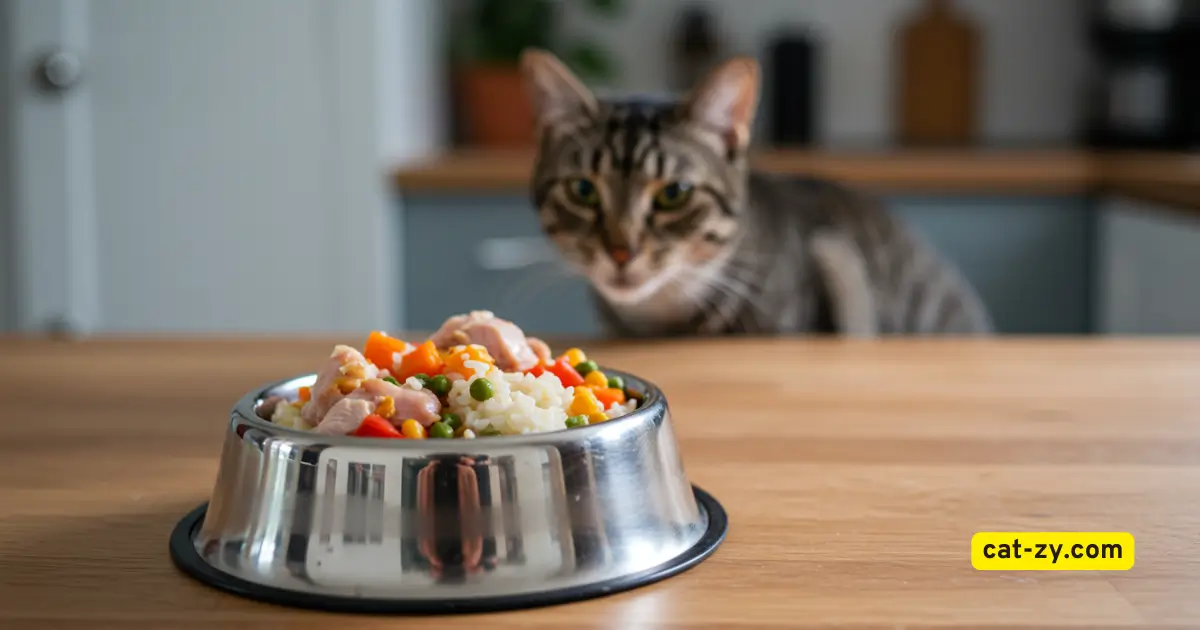
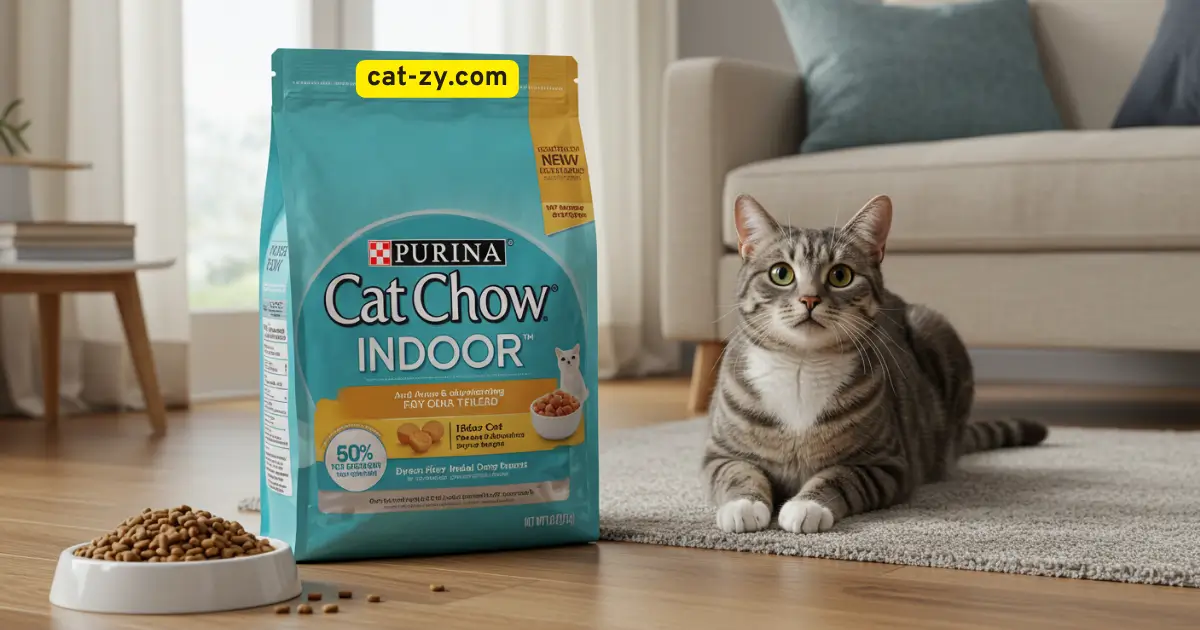
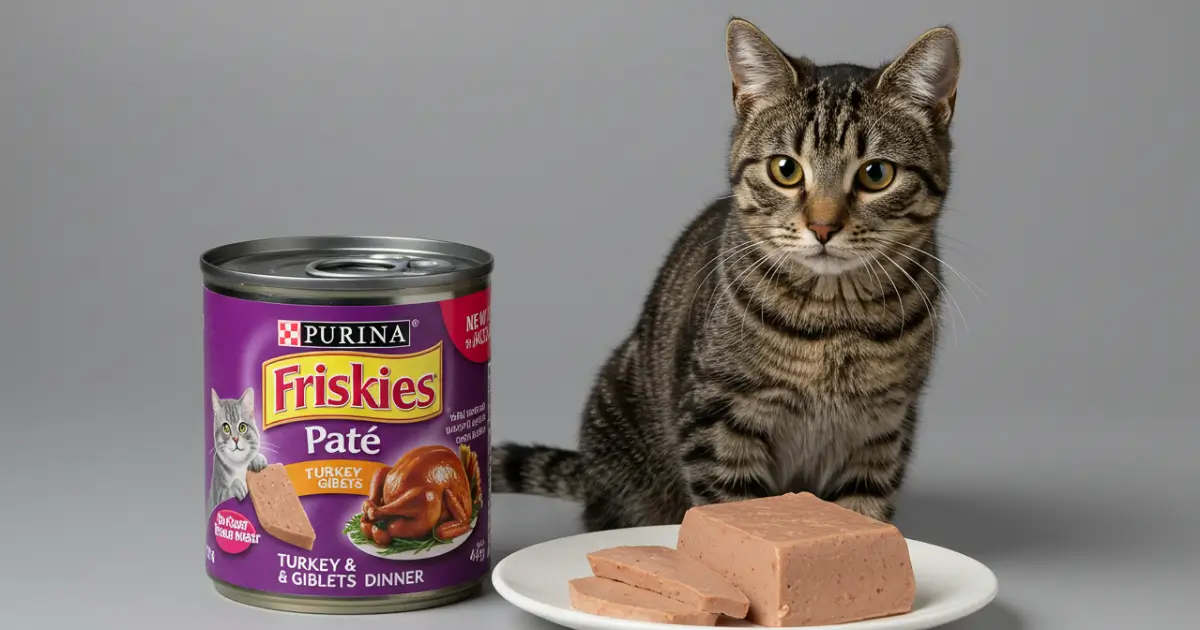
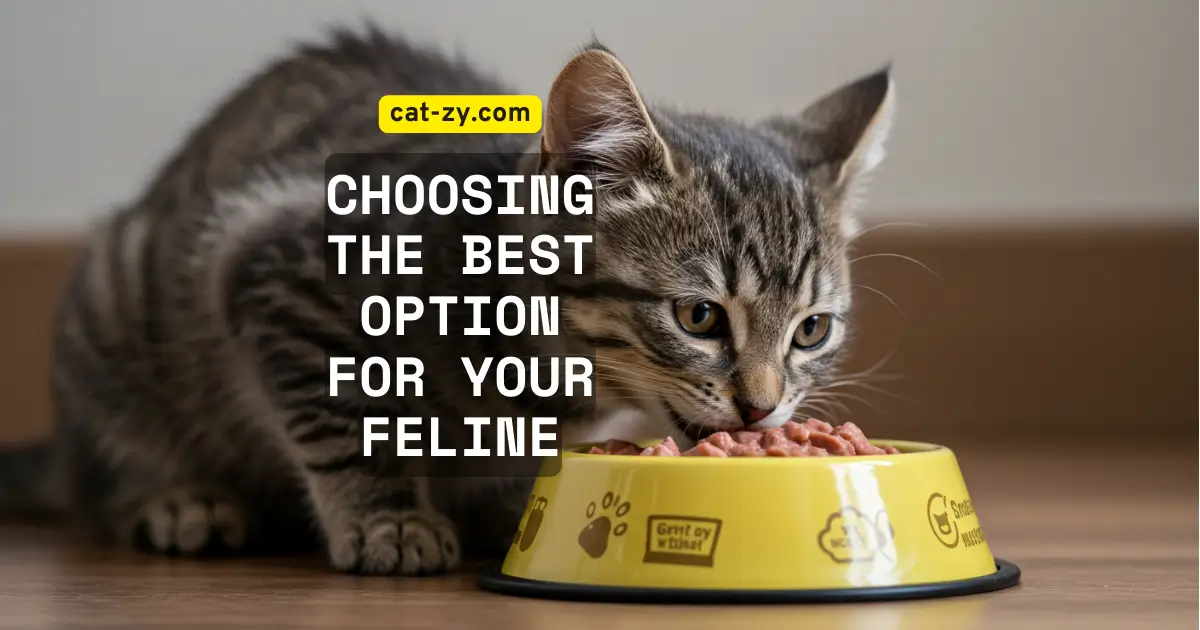
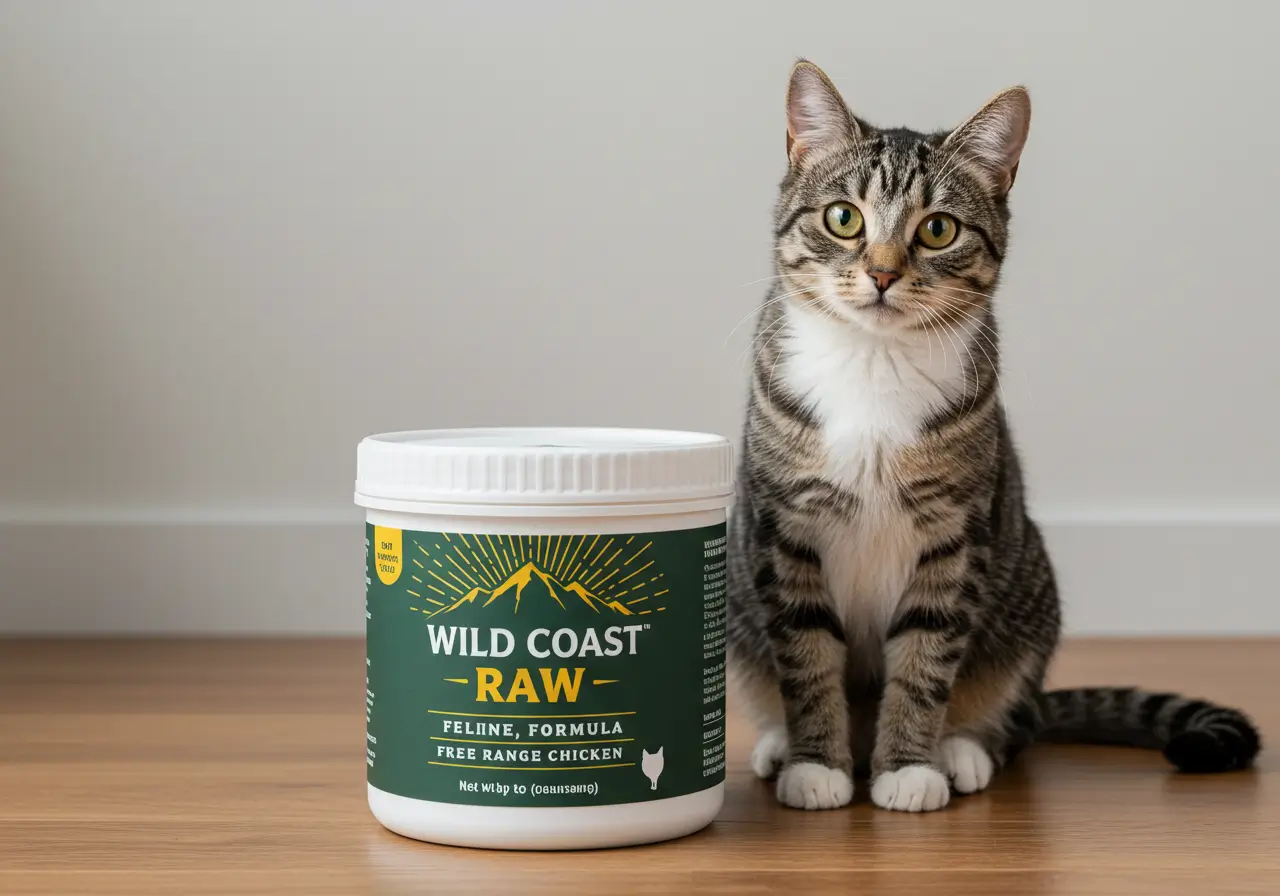

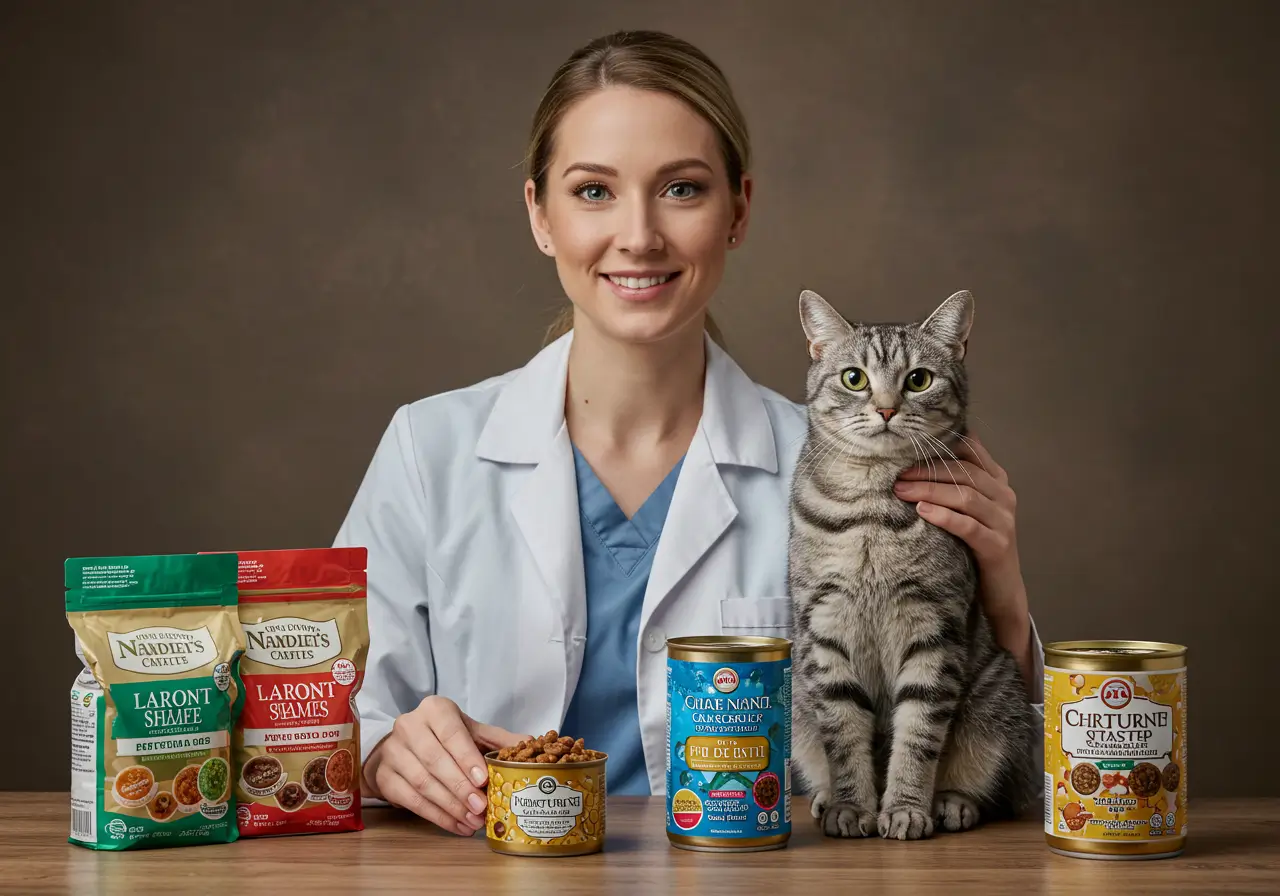

One Comment
Comments are closed.